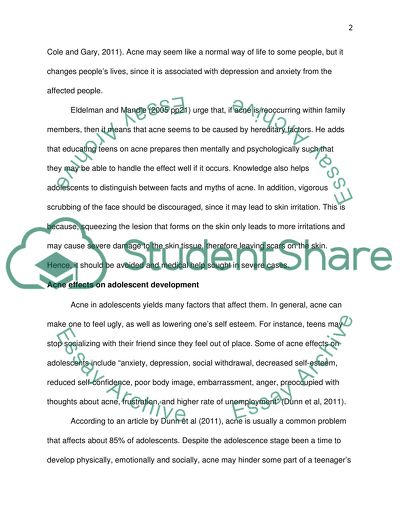Cite this document
(“Acne:effects on adolescent development Research Paper”, n.d.)
Retrieved from https://studentshare.org/family-consumer-science/1421665-acne-affects-on-adolescent-development
Retrieved from https://studentshare.org/family-consumer-science/1421665-acne-affects-on-adolescent-development
(Acne:Effects on Adolescent Development Research Paper)
https://studentshare.org/family-consumer-science/1421665-acne-affects-on-adolescent-development.
https://studentshare.org/family-consumer-science/1421665-acne-affects-on-adolescent-development.
“Acne:Effects on Adolescent Development Research Paper”, n.d. https://studentshare.org/family-consumer-science/1421665-acne-affects-on-adolescent-development.


